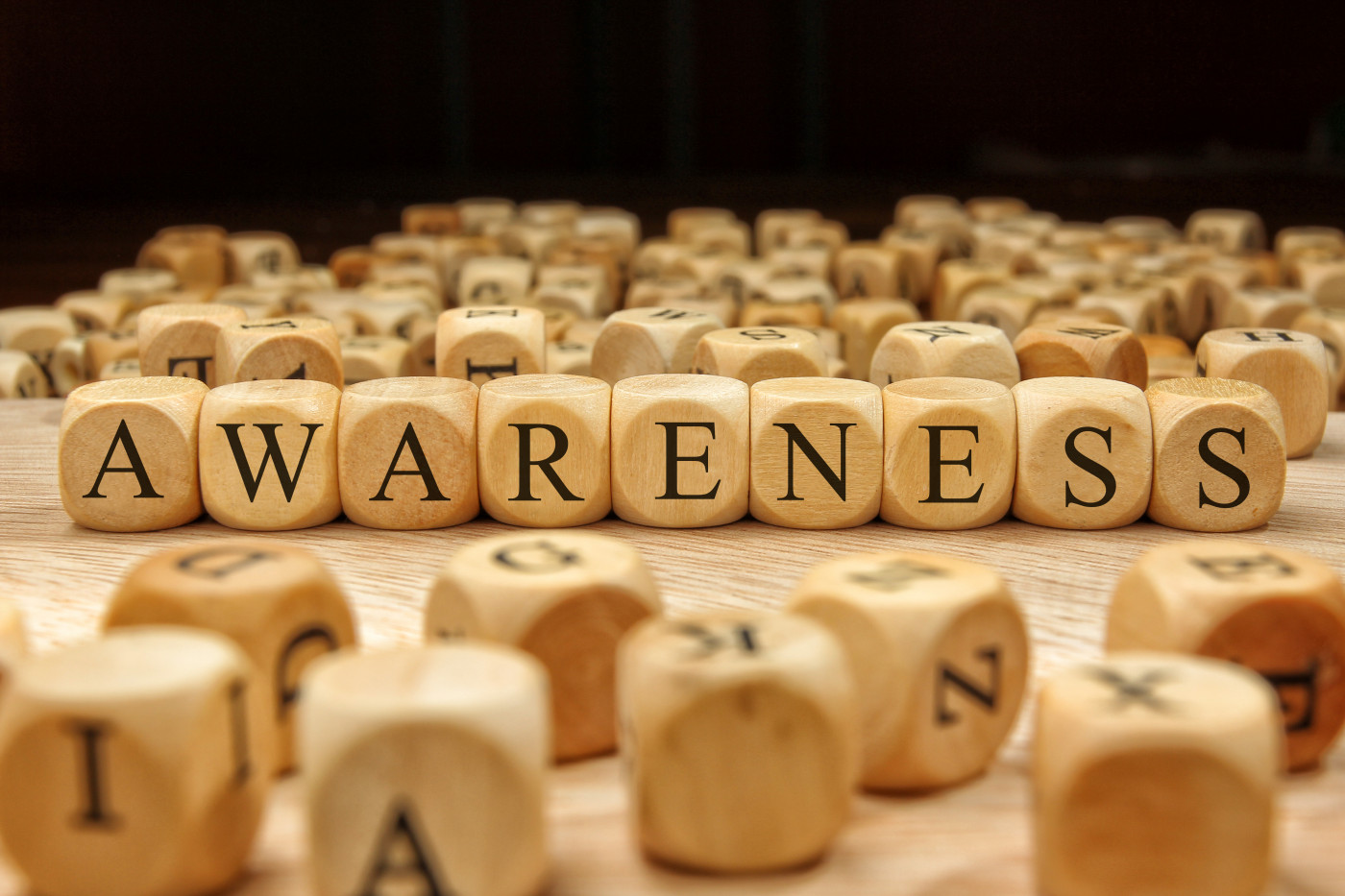Importance of Advocacy for AADC Deficiency

If your child has a disease as rare as aromatic l-amino acid decarboxylase (AADC) deficiency, you might want to be involved with health advocacy efforts, which generally promote health and access to care.
Here is some information about advocacy work, and the ways in which you might participate.
What is AADC deficiency?
AADC deficiency is a very rare genetic metabolic disease. It affects the nervous system and hinders the ability of nerve cells to communicate with the rest of the body. Symptoms usually develop in early infancy, and include developmental delays as well as weak muscle tone, muscle stiffness, and involuntary, often writhing, movement.
Health advocacy
In addition to supporting and promoting patients’ healthcare rights, advocates seek to improve the health and well-being of a community and to develop policy initiatives that prioritize safe, accessible, and quality care.
Health advocacy goals include patient-centered care, and greater reliance on the patient perspective in healthcare delivery and design.
On the policy front, advocates identify emerging public health issues that need addressing. They also collect data on current practices in public health. Finally, they monitor relevant legislation, and provide feedback on how certain issues affect communities. Advocates can also help to guide health policy reforms.
Advocates may act within organizations, such as public health associations or patient groups. Advocacy is typically carried out using multimedia platforms, and via political lobbying and community mobilization.
AADC deficiency advocacy groups
The AADC Trust supports patients and their families, promotes global disease awareness, and funds scientific research. It has hosted several fundraising events and conferences in the past, including #oneRAREstep, Teddy Wears Blue Campaign, and AADC deficiency conferences worldwide.
There’s also the Pediatric Neurotransmitter Disease Association, which helps patients with AADC deficiency and their families, supports the identification of new pediatric neurotransmitter diseases, and supports efforts to find new treatments and ultimately a cure. It has hosted events such as A Night for a Cure, and Friends for Research.
The advocacy organization Metabolic UK supports patients who have metabolic disorders and their families. It funds research for treatments, and works to raise awareness globally. Information about webinars, family activities, and conferences is available on the group’s events page.
Another advocacy organization, the AADC Family Network, helps families in all areas related to AADC deficiency, including support to enable patients to live at home with ready access to available treatments.
The EveryLife Foundation, which seeks to empower the rare disease community to advocate for legislation and policy that advances the development of and access to diagnoses, treatments, and cures. Last year, it launched a scholarship fund for the rare disease community in the U.S.
NORD
The National Organization for Rare Disorders (NORD) is a nonprofit patient advocacy organization in the U.S. It works on behalf of people with rare diseases, including AADC deficiency, and the groups that serve them. In addition to organizing the U.S. portion of Rare Disease Day, NORD has advocated for healthcare services such as telehealth. This is remote healthcare via telecommunications, which can help people with AADC deficiency and other disorders get access to specialized care.
Through an initiative that seeks to establish a Rare Disease Advisory Council in every U.S. state, NORD is also working to empower and equip members of the rare disease community to engage state leaders in matters of importance to patients and their families.
NORD’s “RareLaunch” training program hosted virtual workshops in 2020 aimed at empowering leaders — including caregivers, patients, and advocates — to start nonprofit organizations and research programs of likely benefit to rare disease patients.
Eurordis is a similar advocacy group working for rare disease communities across Europe, and the organizer of Rare Disease Day.
Other efforts
October 23 is AADC Deficiency Awareness Day, officially recognized by some U.S. states. In addition to heightening visibility around the disease, the event is a means for parents, caregivers, patient advocacy groups, legislators, and gene therapy experts to share resources and collaborate.
There’s also Rare Disease Week on Capitol Hill. This year, the week runs July 19–22. It brings together rare disease community members from across the U.S. Participants learn about federal legislative issues, meet other advocates, and share their personal stories with legislators.
Elsewhere, discussions among scientists and patient advocacy groups about concerns of AADC deficiency patients and others regarding the current pandemic prompted a recent Rare Diseases Clinical Research Network survey online.
The federal government-run Rare Diseases Registry Program, called RaDaR, seeks to help patient advocacy groups with limited resources produce their own disease registries. Such registries are important in understanding disease development and characteristics.
The International Working Group on Neurotransmitter Related Disorders has a registry for people with neurotransmitter disorders, including AADC deficiency.
Last updated: Feb. 17, 2021
***
AADC News is strictly a news and information website about the disease. It does not provide medical advice, diagnosis, or treatment. This content is not intended to be a substitute for professional medical advice, diagnosis, or treatment. Always seek the advice of your physician or other qualified health provider with any questions you may have regarding a medical condition. Never disregard professional medical advice or delay in seeking it because of something you have read on this website.





